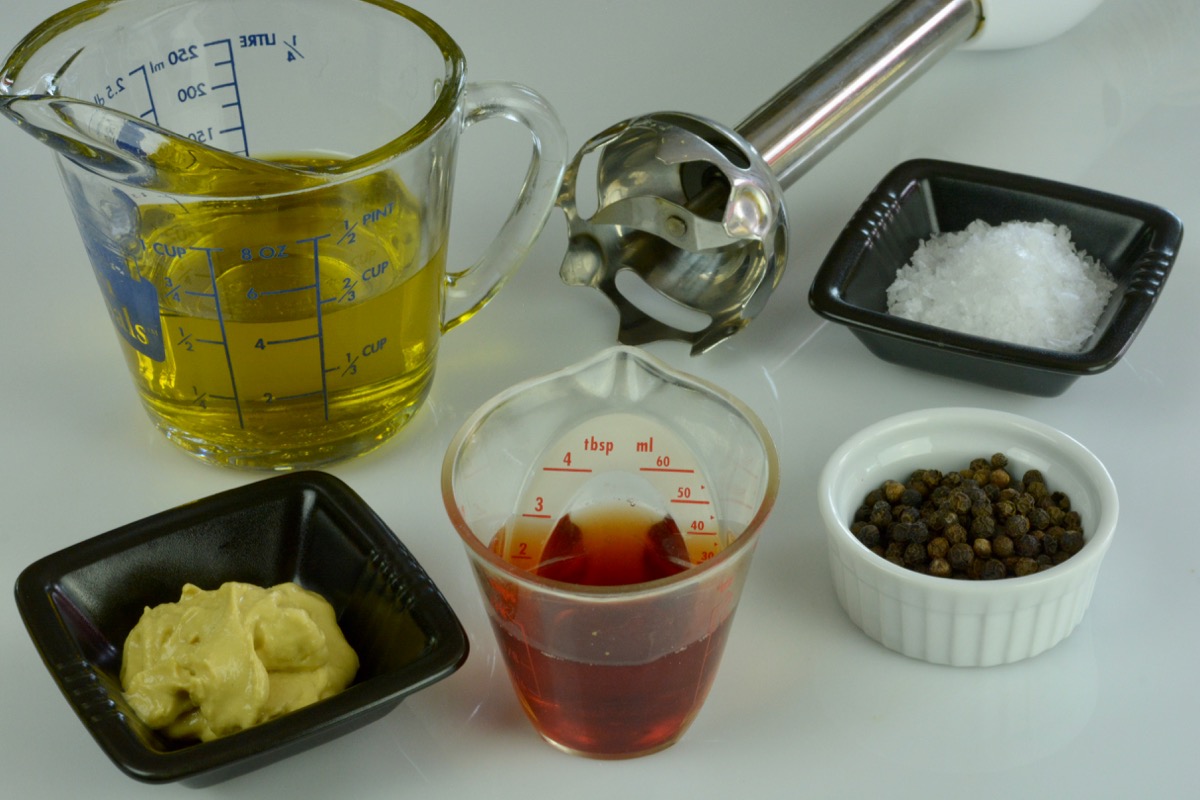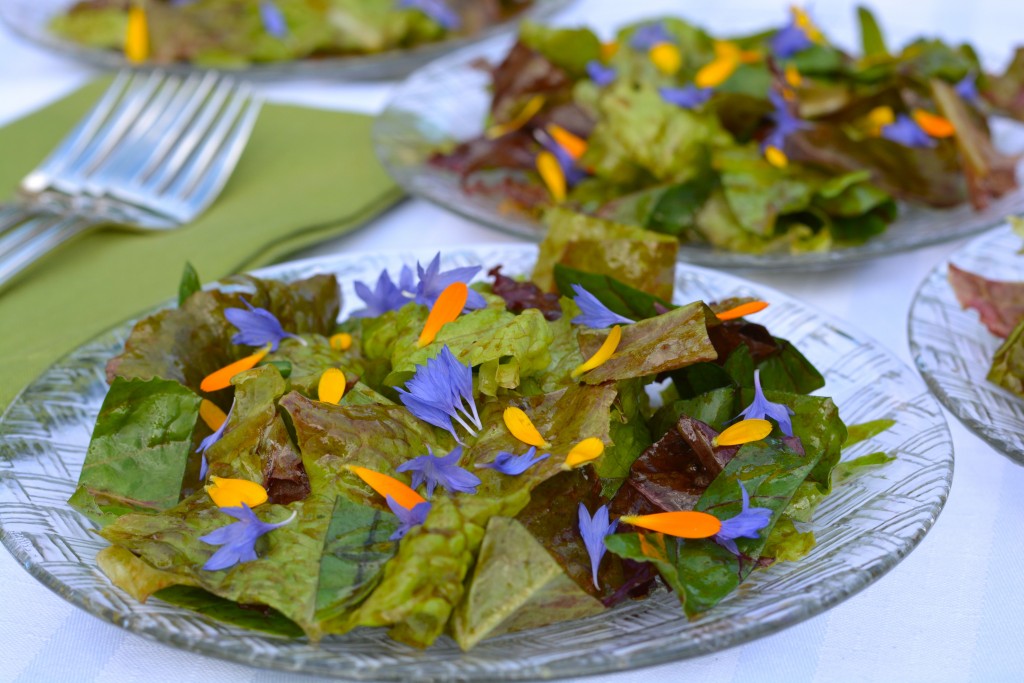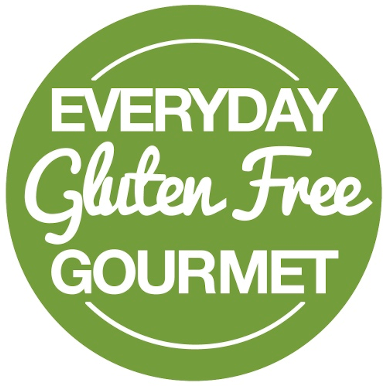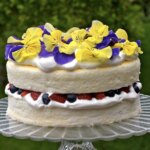Switching to homemade salad dressing is a smart move for gluten free cooks. They’re quick and easy to make, with or without a recipe, and you probably have the ingredients on hand. No label to read, no additives or preservatives. You can't beat that!

Beyond this basic recipe I make many dressings like this Tomato Cumin Dressing, Peanut Dressing and an Asian Dressing, just to name a few. These are some of the unique combinations that I love and repeat year after year. Some more often than others.
Jump to:
Ingredients
By knowing the ratio you can whip us a delicious vinaigrette dressing in the time it takes to read a label. This is a skill that comes in handy every day of the week and even when you're away.

- wine vinegar or lemon juice
- olive oil (extra virgin or any oil of your choice)
- Dijon mustard
- salt & freshly ground pepper
See recipe card for exact amounts.
Instructions
The basic salad dressing recipe is 3:1, three parts oil to one part acid. Once you know the ratio you can measure it in tablespoons or cups.
For a small recipe mix 3 tablespoons of oil and 1 tablespoon of vinegar. To make a big batch of dressing use ¾ cup oil and ¼ cup vinegar. I like to measure it right into a Mason jar.
Some mornings I eyeball it into a tiny plastic container for my lunch even though I know it's better when I properly measure it.
Substitutions
Your taste buds ultimately determine the best of anything. Simple recipes with few ingredients is where quality shines.
Olive Oil
Treat yourself to a nice extra virgin olive oil just for salad dressings and see if you can notice a difference. Reserve stronger oils, like walnut oil or sesame oil, as a seasoning only. Substitute a small amount so the ratio is still 3:1 and it will work.
Highly processed refined vegetable oils like canola, corn and sunflower have high levels of omega-6 fatty acids that contribute to inflammation and chronic disease. I'm trying to use olive oil in place of them as much as I can.
Acid
- Juices like lemon, lime, orange, grapefruit or tomato are all acidic and work well in dressing.
- For gluten free it’s best to stick with plain, unseasoned vinegars like red wine, white wine, apple cider, balsamic, sherry or rice.
- Avoid distilled white vinegar. It may be good for cleaning your coffee machine but it’s too harsh for a salad.
Dijon Mustard
Egg yolk, mayonnaise and mustard (I like Dijon mustard) are the most common emulsifiers used to make salad dressing. Whether your dressing is shaken or emulsified with a hand blender, it does make a nicer dressing.
7 Reasons To Make Homemade Salad Dressing
Here are 7 reasons you should make the switch to homemade vinaigrette dressing.
- You can make just enough dressing for a salad for two and do it in one minute.
- Make a jar that will last for a month, also in one minute.
- Vinaigrette dressing keeps forever in the fridge.
- You can vary the flavours to suit your taste and experiment to find flavour combinations you love.
- No reading salad dressing labels!
- Over time you’ll collect recipes that you can repeat for a lifetime. (Click on SALADS in the RECIPES tab to see some of mine.)
- Your dressing will never contain high fructose corn syrup, artificial flavours or the additives and preservatives that make it shelf stable.

The Best Emulsifier for Salad Dressing
America’s Test Kitchen adds ½ teaspoon of mayonnaise for its' emulsifying power and ½ teaspoon mustard for the best flavour. If you're interested in understanding the science behind emulsifying here's how they explain it.
Top Tip for Homemade Salad
Dry the lettuce, wet lettuce waters down the dressing and makes a flavourless salad. Then add just the right amount of dressing to avoid a soggy, disappointing salad.


I can't resist adding edible flower petals to make salads look stunning. Check out How To Use Edible Flowers in the Kitchen for more ways to use them and what flowers you can eat.

Homemade Salad Dressing
Ingredients
- 1 tablespoon wine vinegar or lemon juice
- 3 tablespoon olive oil (extra virgin or any oil of your choice)
- 1 teaspoon Dijon mustard
- salt & freshly ground pepper to taste
Instructions
1 MINUTE SALAD DRESSING
- Measure all ingredients into a Mason jar and shake. Or whisk in a bowl and transfer to a jar.
- Store in the fridge. Keeps indefinitely.
EMULSIFIED DRESSING
- Put vinegar and mustard in a tall blender cup or 2-cup Mason jar. With the blender running drizzle in the oil in a slow, steady stream.
- Season to taste with salt and pepper.
Notes
- Juices like lemon, lime, orange, grapefruit or tomato are all acidic and work well in dressing.
- For gluten free it’s best to stick with plain, unseasoned vinegars like red wine, white wine, apple cider, balsamic, sherry or rice.
- Avoid distilled white vinegar. It may be good for cleaning your coffee machine but it’s too harsh for a salad.
Nutrition
__________________________________________________________________________
New here? I've got help to get you from overwhelmed and frustrated to confidently cooking gluten free food the whole family wants to eat. Subscribe and get your free resource, 29 Tips for GF flour.
🎉 I made it into the Top 100 Gluten Free Blogs for 2025 and the Top 40 Gourmet Food Blogs. To learn all the ways I can help you click here, Everyday Gluten Free Gourmet.
_________________________________________________________________________



















Steshni Corea
Another weekday staple!